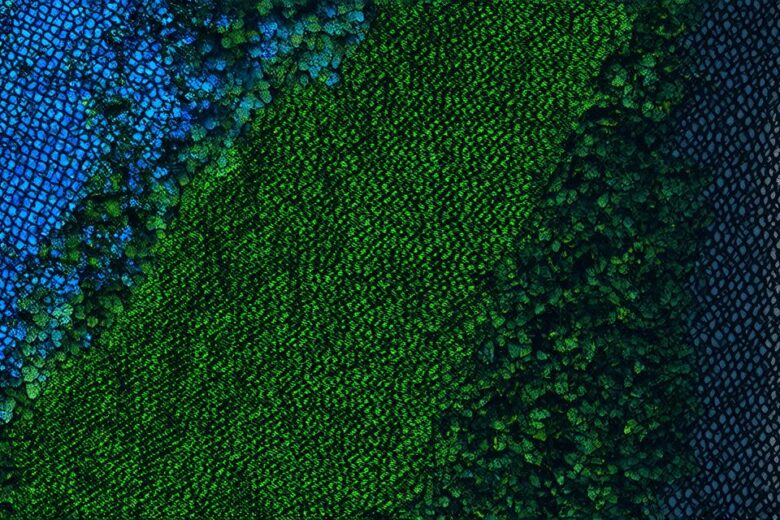
Augmented reality (AR) is an exciting technology that allows us to enhance our real-world surroundings with digital elements. The mesh plays a crucial role in making AR experiences more engaging and interactive. In this article, we will explore the various roles of the mesh in AR and how it can help developers create more immersive experiences for their users.
The Mesh: A Brief Overview
A mesh is a mathematical representation of 3D objects that can be used to render them on a screen. In AR, meshes are typically used to represent virtual objects that are overlaid onto the real world. The mesh consists of vertices (points), edges (lines), and faces (polygons) that define the shape and structure of the object.
The Role of Mesh in Augmented Reality
One of the primary roles of the mesh in AR is to provide a realistic representation of virtual objects. By using a highly detailed and accurate mesh, developers can create virtual objects that look and feel like they are part of the real world. For example, if you were building an AR app for a furniture store, you would use a high-quality mesh of each piece of furniture to ensure that it looked and felt realistic when overlaid onto the real world.
Another important role of the mesh in AR is to enable interactivity. By allowing users to interact with virtual objects using their hands or other input devices, developers can create more engaging and immersive experiences for their users. For example, if you were building an AR app for a car dealership, you could use a mesh of a car to allow users to explore the interior and exterior of the car in greater detail, or even take it for a virtual test drive.
The Impact of Mesh on Performance
One of the challenges of working with meshes in AR is performance. Because meshes are highly detailed, they can require a lot of processing power to render them on a screen. This can result in slow loading times and reduced frame rates, which can make AR experiences less enjoyable for users. However, there are several techniques that developers can use to optimize the performance of their meshes in AR.
For example, they can use level-of-detail (LOD) techniques to reduce the amount of detail in the mesh when it is far away from the user, or they can use occlusion culling to only render the parts of the mesh that are visible to the user.
Summary
In conclusion, the mesh plays a crucial role in augmented reality by providing a realistic representation of virtual objects and enabling interactivity. However, developers must also be mindful of the impact of mesh on performance and use techniques to optimize it for AR experiences. By doing so, they can create more immersive and engaging experiences for their users that will help them stand out in a crowded market.
